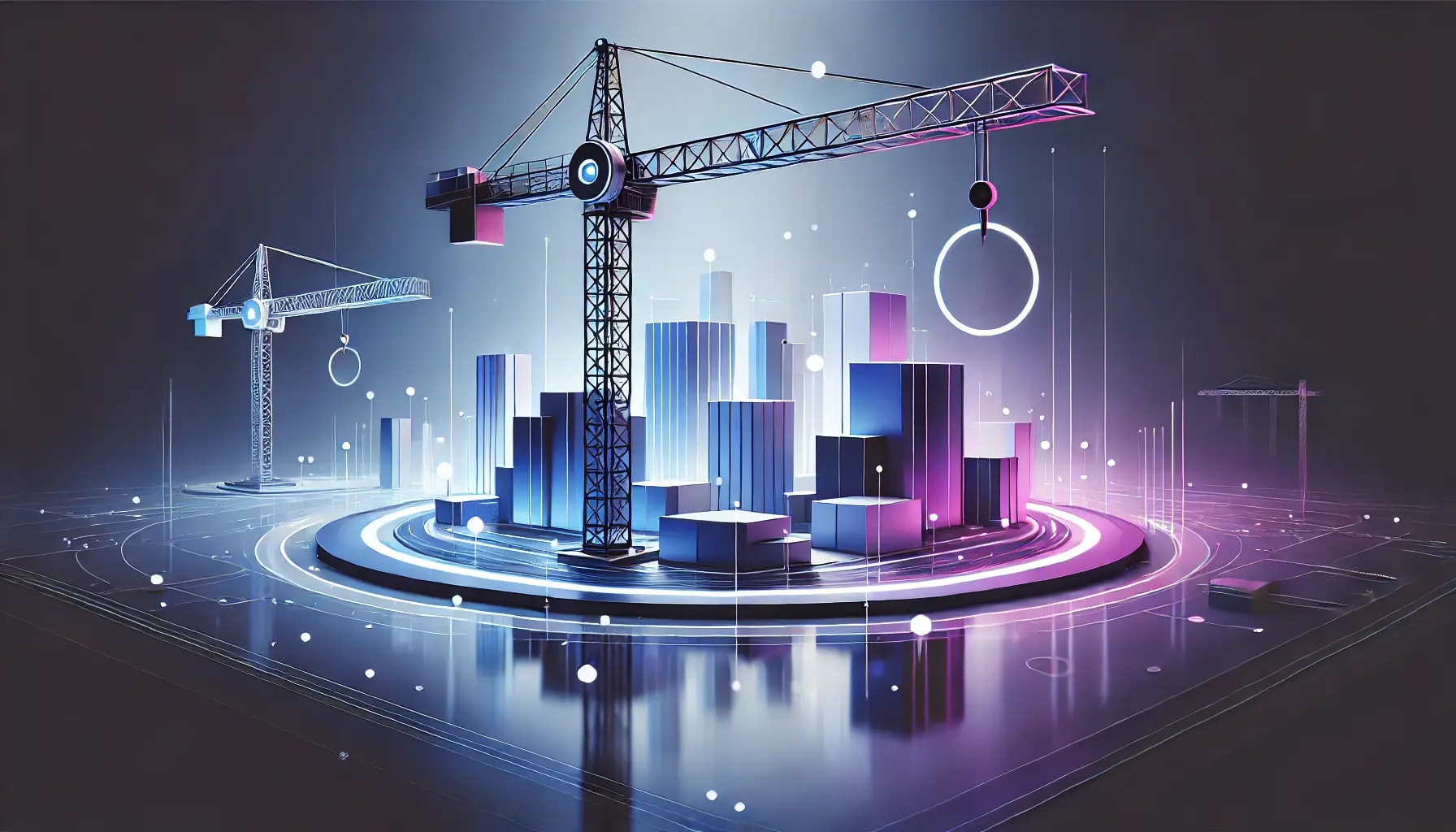4 Reasons Why I’m Grateful for Customer Churn

Check out 4 ways I believe customer churn helps (and doesn’t sink) your business
How do you fix customer churn for a product that’s not working?
- Set up feedback loops that target product improvement
- Deliver exceptional customer support
- Lock customers into 2-year contracts
Hard as it is to believe, but some AI SDR companies are already starting to use 2-year contracts as a way to reduce churn. Which I think is very weird.
Don’t get me wrong.
I get 2-year contracts.
I even get 3-year contracts, but only if (1) the vendor is an established company with a proven product-market fit and (2) the product takes time to fully roll out and implement, and you’re not likely to replace it anytime soon anyways.
But AI SDRs aren’t in this situation. If we’re being honest, many subscribe to AI SDRs out of their ‘AI experiments’ budget or because they like the promise of new pipeline on autopilot.
They’ll see for themselves if your AI SDR delivers on its promise within 3-6 months, if not sooner.
And keeping your customer bound by contract is just fooling yourself into the idea that you have a healthy business that’s achieved PMF when, in reality, you don’t.
At AiSDR, all of our subscriptions are monthly, allowing customers the freedom to churn if they don’t see results.
And while I would love it if no one ever felt the need to churn, here are 4 reasons why I’m grateful for customer churn.
TLDR
- The goal: Turn customer churn from a negative to a positive
- The tactic: Set up feedback loops and channels for customers to provide comments
- The result: Faster cycles of iteration and better data for product development
Reason #1: You learn something new about your product
Benjamin Franklin once said that nothing’s certain in this world except death and taxes.
I’d dare to suggest a third certainty – customer churn for early-stage startups.
Every customer who walks away is holding a valuable piece of information about your product.
Their cancellation isn’t just a lost revenue stream. It’s feedback in its purest form.
Churn shows your product has a weakness somewhere. When customers leave, it’s a clear signal something isn’t working, whether it’s the product itself or your onboarding, product pricing, or support.
Maybe your product lacked a critical integration for enterprises. Or maybe your app crashed during peak hours when users needed it most.
Fixing these issues now while you’re still small prevents problems from exploding later on.
Reason #2: You learn something new about your market
When a customer churns, there are typically 3 snap reactions: (1) feel upset, (2) feel angry, (3) feel grateful.
The reasons for the first two are obvious. Things didn’t go the way you wanted, MRR dropped, and so on.
But not all churn is bad. If wrong-fit customers leave, it means you can focus on attracting and retaining customers who will benefit from your product.
It’s also worth trying to find out if they’re migrating to an alternative that better serves their needs. If these migrations happen consistently over time, it’s a strong indicator of where your market is headed.
Ask yourself why your customers are switching to your competitor:
- Are they looking for a more specialized solution?
- Do they want a cheaper alternative?
- Are they choosing a set of different core features?
Churn and customer migration reveal if you need to evolve or reposition your product.
Reason #3: Your team has more capacity
While losing customers is never the goal, there is a hidden silver lining – your team suddenly has more bandwidth to double down on strong-fit customers.
A positive way to frame this is to think of it as nature’s way of pruning your customer base so your strongest branches can flourish.
Here are a few ways you benefit:
- Your product team can focus on core product features instead of accommodating edge cases
- Your customer success team can provide better white-glove service to users
- Your sales team has a clearer image of which customers tend to succeed and which don’t
- You inch closer to understanding your PMF
However, don’t think of this newfound capacity as a way to do more. Instead, you should think of it as a way to do better.
Because if you can deliver exceptional experiences to your remaining customers, you might turn them into your biggest brand advocates (and if they switch companies, they’re more open to signing up their new company for your service).
Reason #4: You’re forced to improve fast
In the early stages, every piece of feedback is gold. And nothing accelerates innovation and product improvement quite like customer churn.
When customers head for the exit, this creates a sense of urgency that cuts through organizational inertia and forces rapid iterations.
In simple terms, it lights a fire under your team and turns “nice to have” upgrades into priorities.
And it’s not just about speed. Churn-driven improvements tend to be more focused and impactful. When you’re losing customers, you can’t afford to waste time on superficial changes or vanity fixes.
Result
Ultimately, the important thing to remember about customer churn is that it’s only as helpful as you make it. At the same time, you can’t let customer churn go unchecked or unaddressed.
If you’re not sure where to start collecting customer churn data, here are a few ways:
- Exit surveys – a short multiple-choice form with an open-ended field for details built via Typeform or HubSpot
- Exit interviews – a quick 10-15 minute call
- Product usage data – the record of how a customer used (or didn’t use) your product. This might show they struggled with certain features or never fully onboarded
- Support data – frequent or unanswered issues can be a red flag for churn
It might seem counterintuitive at first to people monitoring monthly revenue, but I believe that AiSDR’s monthly approach to contracts and our ability to leverage customer churn for product guidance are advantages that will help us win the AI SDR market.
Why?
It’s an honest, transparent model for the current state of AI SDRs. And more importantly, it makes our cycle of iteration and product improvements faster, helping us get to the goal of delivering on our “pipeline on autopilot” sooner than others.











